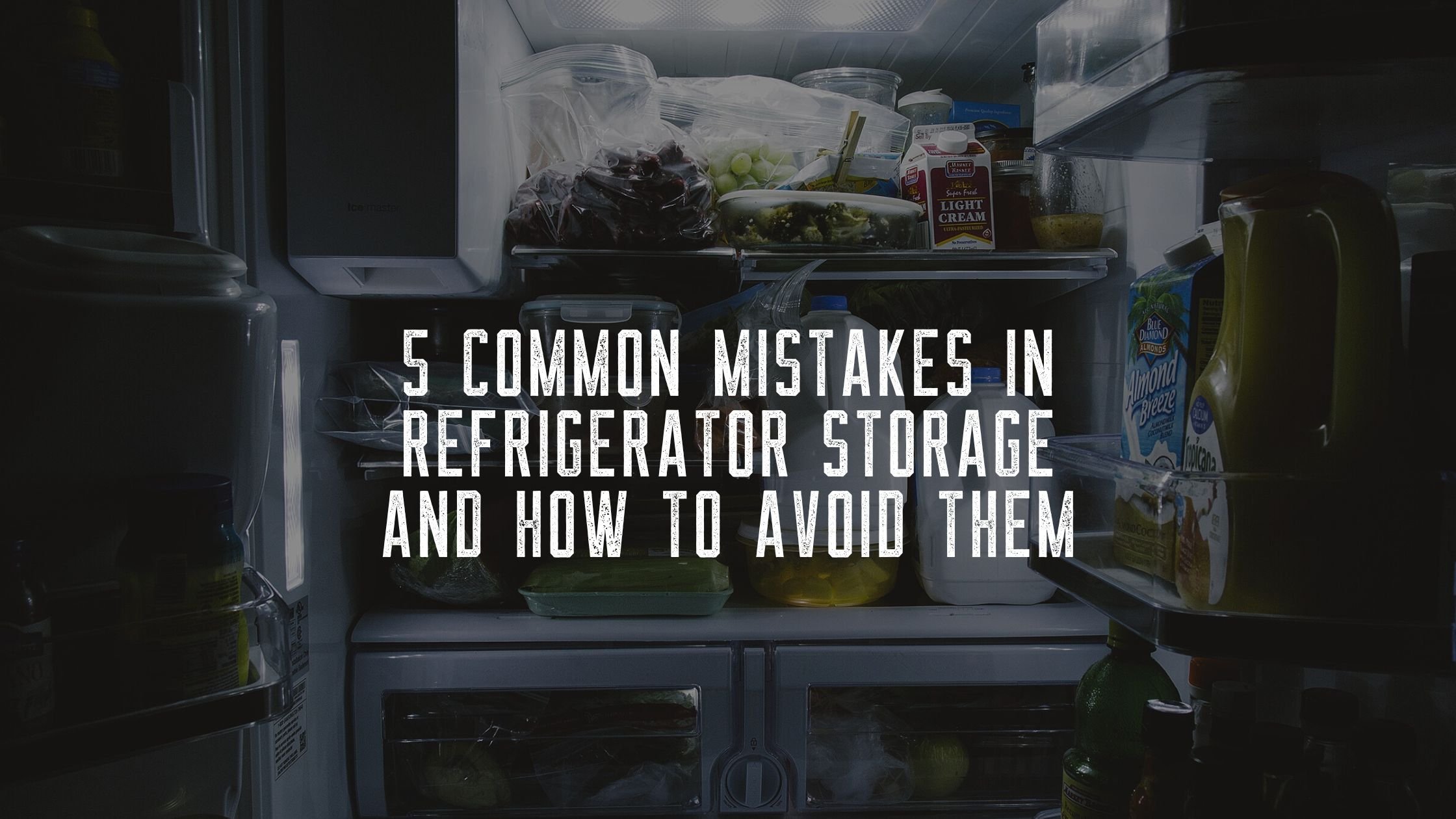5 Common Mistakes in Refrigerator Storage and How to Avoid Them
Most of us use our refrigerators daily, but few know the best practices for storing different types of food. Storing items incorrectly in the fridge can lead to faster spoilage, loss of flavor, and even health risks. In this blog post, we'll explore five common mistakes people make when storing food in their refrigerators and how to correct them.
Storing Dairy in the Door Shelves
Many people store their milk, cheese, and yogurt in the door shelves of their fridge. However, this needs to be corrected. The door is the warmest part of the fridge and is exposed to room-temperature air every time it's opened. This fluctuation in temperature can cause dairy products to spoil faster.
The Fix: Store dairy products on the main shelves, preferably towards the back where the temperature is more consistent. This keeps your dairy products fresher for longer.
Misplacing Fruits and Vegetables
Fruits and vegetables often end up together in the same drawer, but this can harm their longevity. Many fruits produce ethylene gas, which can accelerate vegetable ripening and spoilage.
The Fix: Use separate drawers for fruits and vegetables if available. If not, store ethylene-producing fruits like apples, bananas, and avocados separately from vegetables. Some refrigerators come with adjustable humidity settings for drawers; use these to create an optimal environment for both fruits and vegetables.
Overlooking the Importance of Air Circulation
Packing too much in your fridge can restrict air circulation, leading to uneven cooling and hot spots. This can cause some food items to spoil quicker than they should.
The Fix: Avoid overstocking your fridge. Ensure there's enough space between items for air to circulate. This helps maintain a consistent temperature throughout and keeps your food fresher.
Incorrect Storage of Meat and Poultry
Storing raw meat and poultry incorrectly can lead to spoilage and pose a risk of cross-contamination. Many people place these items on upper shelves, where they can drip onto other foods.
The Fix: Always store raw meat and poultry in sealed containers or plastic bags on the lowest shelf of the fridge. This prevents any juices from contaminating other foods. Also, it's wise to use these items within a few days of purchase to ensure freshness.
Neglecting to Adjust the Temperature
A common mistake is not adjusting the refrigerator's temperature according to the load and external temperatures. During summer or when the fridge is fully loaded, it might need to be set colder.
The Fix: Monitor and adjust the temperature of your fridge as needed. The ideal refrigerator temperature is between 35°F and 38°F (1.7°C to 3.3°C). This range is cold enough to prevent bacterial growth but not so cold that it freezes your food.
Proper food storage is crucial for maintaining the freshness, flavor, and safety of your food. By correcting these five common fridge storage mistakes, you can extend the life of your groceries, save money, and reduce food waste. Remember, your refrigerator is a tool that, when used correctly, can be highly effective in preserving the quality of your food.

